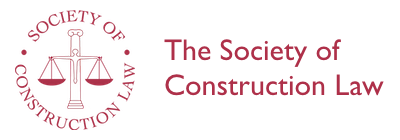Project Bank Accounts
Richard Davis
May 2012
A paper presented to a meeting of the Society of Construction Law in London on 6th March 2012
A project bank account (PBA) is a payment mechanism which is grafted on to a building contract, under which both contractors and subcontractors are paid at the same time. They have been used on many public sector contracts in the last 5 years and and have become the default payment mechanism for all future public sector projects. In his paper, Richard Davis describes how PBAs are documented and administered; he then moves on to the legal concepts engaged by a PBA, referring where relevant to case law in related areas such as direct payment and construction trusts; and explores the challenges which an insolvency practitioner appointed to the contractor might make to a PBA. The techniques and documents involved do not fit neatly into existing legal categories and raise many questions to which there are so far no clear answers, especially in the context of the insolvency of a project party. Richard Davis outlines the problems as he sees them and offers some pointers about how the courts may resolve them.
Introduction - 1. Documenting and administering the PBA - Documentation - The PBA in practice - 2. What is the conceptual basis of a PBA? -Contract and trust - What happens to the certified sum? - What happens if the account is not funded? - When and how is the trust constituted? - Dealing with set-off - Termination of the contract/trust - 3. Is a PBA valid on the contractor's insolvency? - Basic principles - The equity rule: two sub-rules - The pari passu rule - PBA as a preference? - Transactions at an undervalue - PBA as unregistered charge - Conclusions.
The author: Richard Davis is a consultant with solicitors Pinsent Masons LLP.
Text 24 pages.
